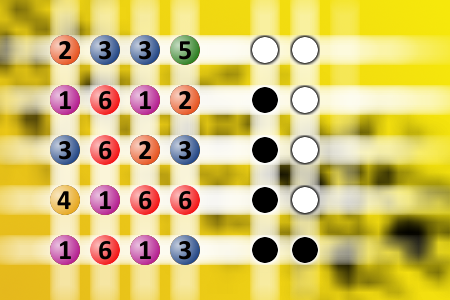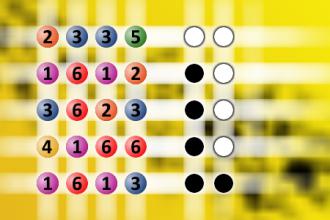What a winning combination?
The computer chose a secret code (sequence of 4 digits from 1 to 6). Your goal is to find that code. Black circles indicate the number of hits on the right spot. White circles indicate the number of hits on the wrong spot.Correct answers: 29
The first user who solved this task is Djordje Timotijevic.
#brainteasers #mastermind

What is sex?
An 8-year-old girl went to her dad, who was working in the yard. She asked him, "Daddy, what is sex?" The father was surprised that she would ask such a question, but decides that if she is old enough to ask the question, then she is old enough to get a straight answer. He proceeded to tell her all about the "birds and the bees." When he finished explaining, the little girl was looking at him with her mouth hanging open. The father asked her, "Why did you ask this question?" The little girl replied, "Mom told me to tell you that dinner would be ready in just a couple of secs."

